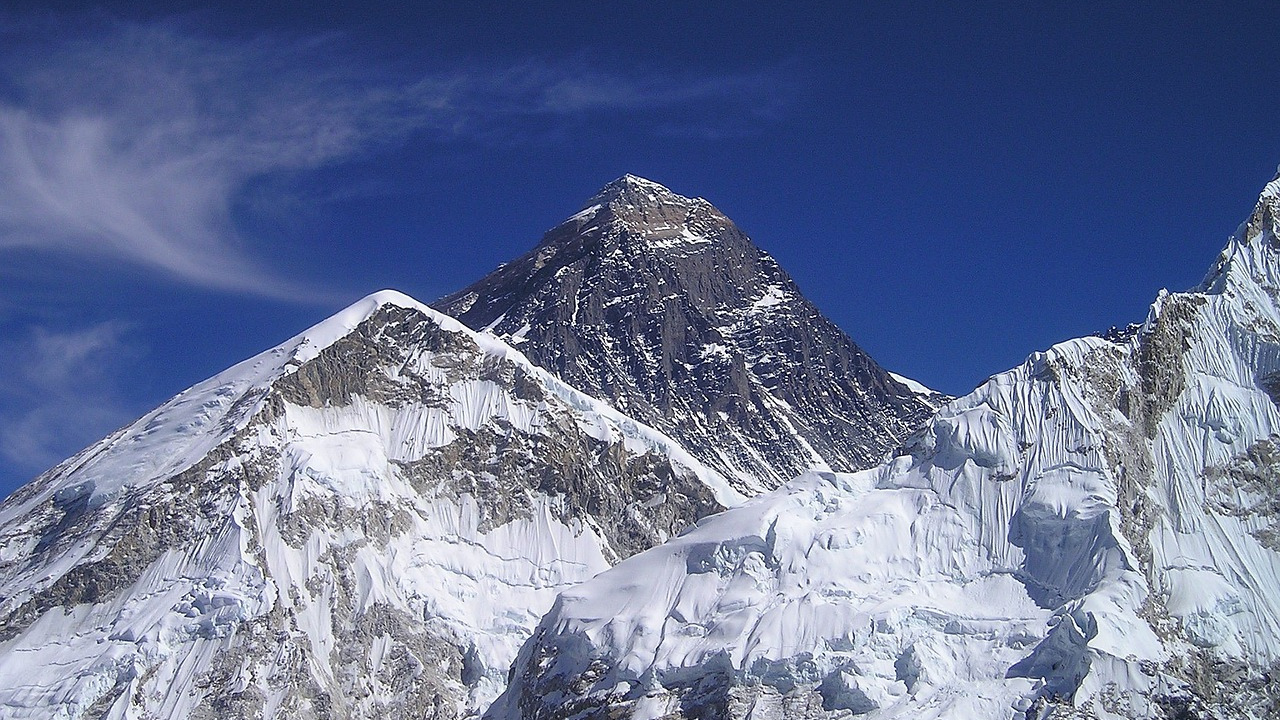
Vocabulary:
I will read the words, meanings, and sample sentences. Then, repeat after me.
- collision /kuh-LIZH-uhn/
- merger /MUR-jer/
- geoscientist /jee-oh-SAHY-uhn-tist/
- dynamism /DAHY-nuh-miz-uhm/
- profound /pruh-FOUND/
[noun] – a crash or coming together with force
Scientists study the collision of tectonic plates to understand earthquakes.
[noun] – the process of combining two or more entities into one
The merger of the two rivers created a larger waterway that supports diverse ecosystems.
[noun] – a scientist who studies the Earth and its processes
The geoscientist conducted research on climate change and its effects on sea levels.
[noun] – the quality of being dynamic
The dynamism of the city is evident in its bustling streets and diverse culture.
[adjective] – having deep meaning or significance
The author’s profound insights into human nature resonated with readers.
Article reading:
Please read the whole article. Then, I will check your pronunciation and intonation.
Mount Everest, the tallest mountain on Earth, stands at an impressive height of 5.5 miles (8.85 km) above sea level and is continually growing. This growth results from geological processes that have been occurring for approximately 50 million years, beginning with the collision of the Indian subcontinent and the Eurasian plate. Recent studies have revealed that the mountain’s elevation has increased by roughly 49-164 feet (15-50 meters) due to significant changes in the regional river systems, particularly the merger of the Kosi and Arun rivers around 89,000 years ago. This process has resulted in an uplift rate of 0.01 to 0.02 inches (0.2 to 0.5 millimeters) each year.
The phenomenon known as isostatic rebound plays a crucial role in this uplift. As erosion removes weight from the Earth’s crust, the land rises in response, akin to a boat floating higher in water as cargo is unloaded. Researchers estimate that isostatic rebound accounts for about 10% of the annual uplift of Everest. Additionally, neighboring peaks such as Lhotse and Makalu also experience similar geological changes. GPS measurements confirm that the Himalayas continue to rise, which exceeds the effects of surface erosion caused by natural elements like wind and rain. This ongoing research underscores the dynamic nature of the planet, reminding humanity of the ever-changing geological processes that shape familiar landscapes. As geoscientist Jin-Gen Dai articulated, the continual transformation of Mount Everest reflects Earth’s inherent dynamism and the profound implications it has for understanding the natural world.
The phenomenon known as isostatic rebound plays a crucial role in this uplift. As erosion removes weight from the Earth’s crust, the land rises in response, akin to a boat floating higher in water as cargo is unloaded. Researchers estimate that isostatic rebound accounts for about 10% of the annual uplift of Everest. Additionally, neighboring peaks such as Lhotse and Makalu also experience similar geological changes. GPS measurements confirm that the Himalayas continue to rise, which exceeds the effects of surface erosion caused by natural elements like wind and rain. This ongoing research underscores the dynamic nature of the planet, reminding humanity of the ever-changing geological processes that shape familiar landscapes. As geoscientist Jin-Gen Dai articulated, the continual transformation of Mount Everest reflects Earth’s inherent dynamism and the profound implications it has for understanding the natural world.
Discussion Questions:
I will read each question. Then, please answer them.
- Have you ever visited a mountain or a natural landmark? If so, what was your experience like? If not, what natural sites would you like to visit in the future? Why?
- Have you ever learned about geological processes in school? If so, what specific processes were you most interested in? If not, what topics in science do you find engaging?
- Do you agree that climate change might impact the growth of mountains and other geological features in the future?
- How might the ongoing growth of Mount Everest affect tourism in the region?
- Considering the effects of erosion, how do you think humans can balance development and environmental preservation in mountainous regions?
Summarization
Please summarize the whole article using your own words and expressions. You will have one minute to prepare before you answer.
Describe:
Please explain the definition of each word listed below based on your understanding. You can provide example sentences if needed.
- impressive
- sea level
- significant
- crucial role
- transformation